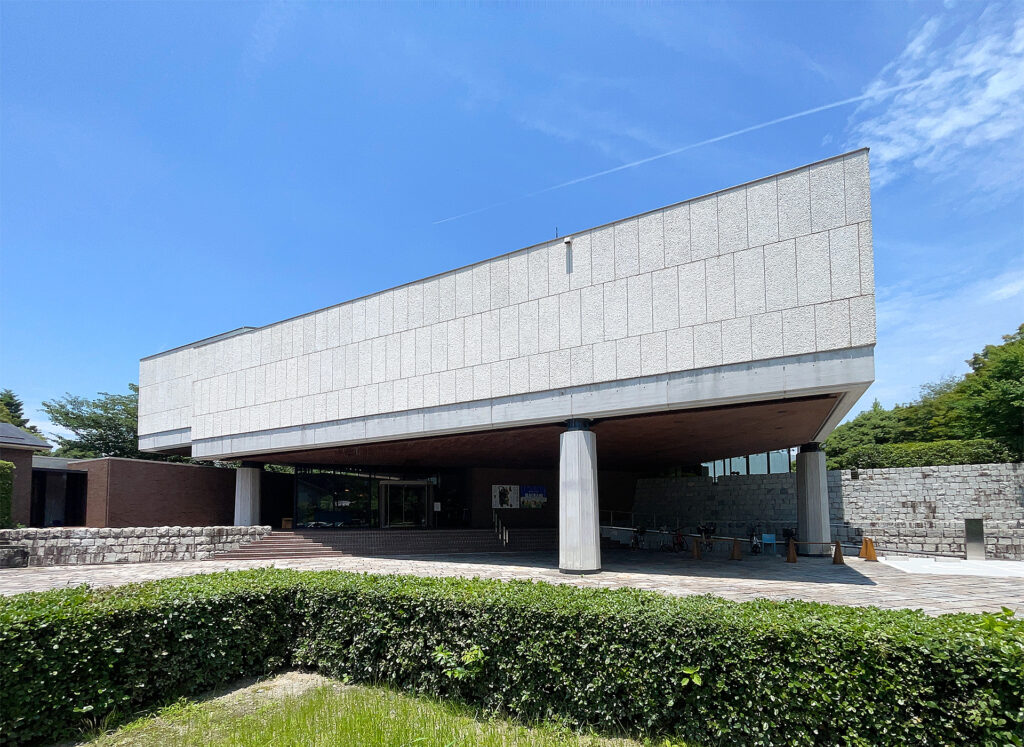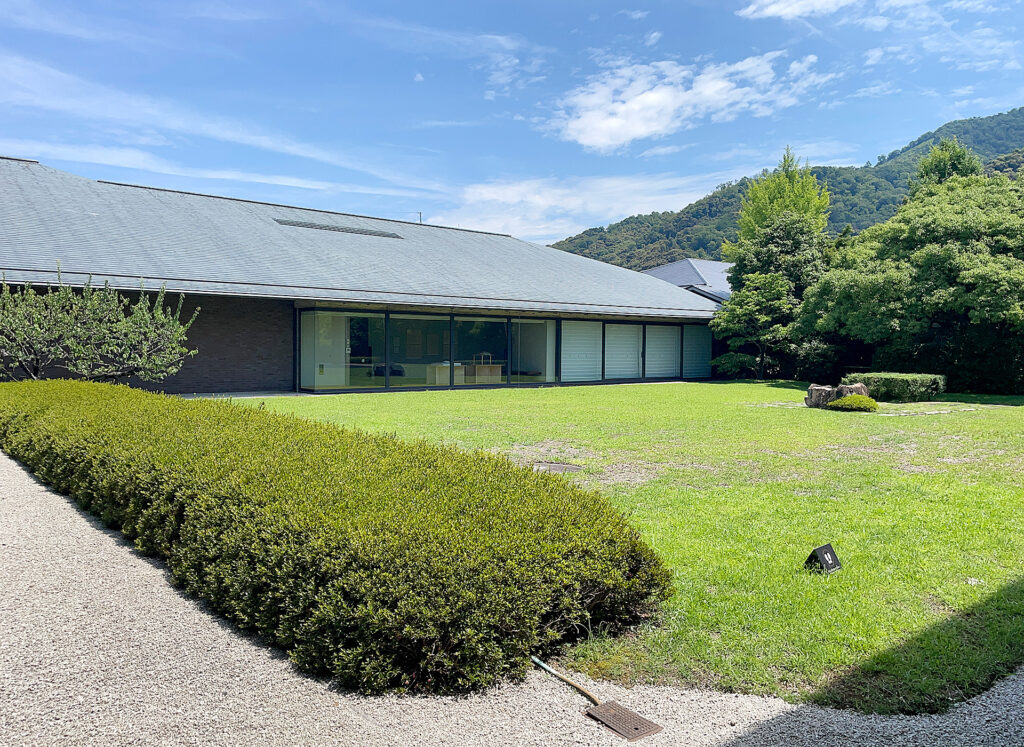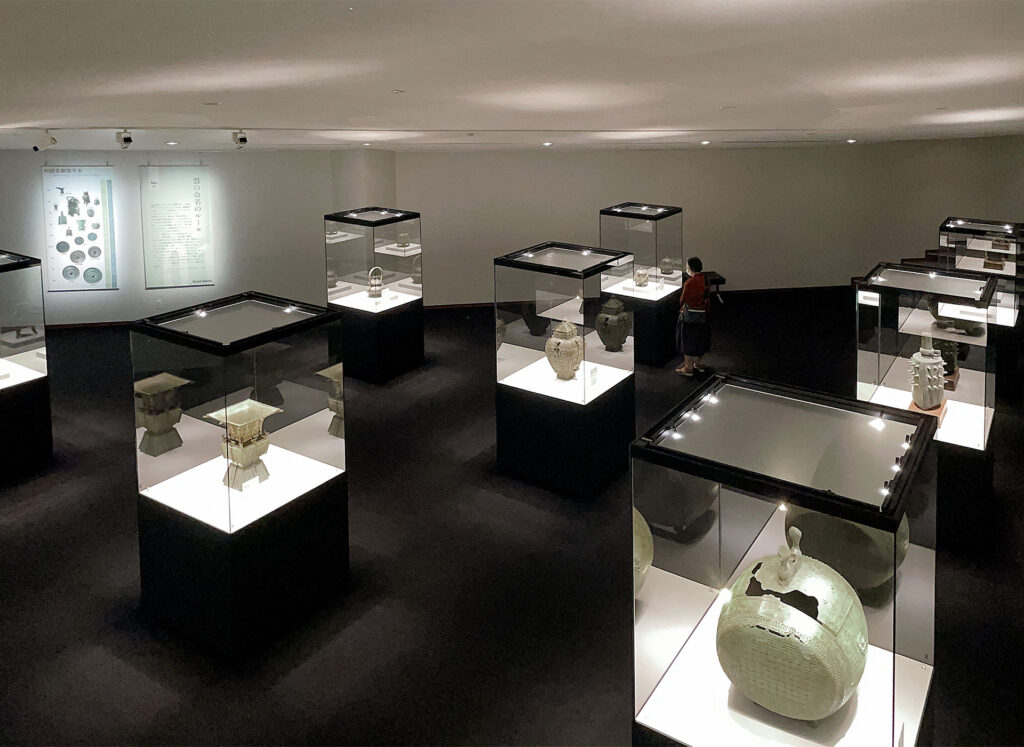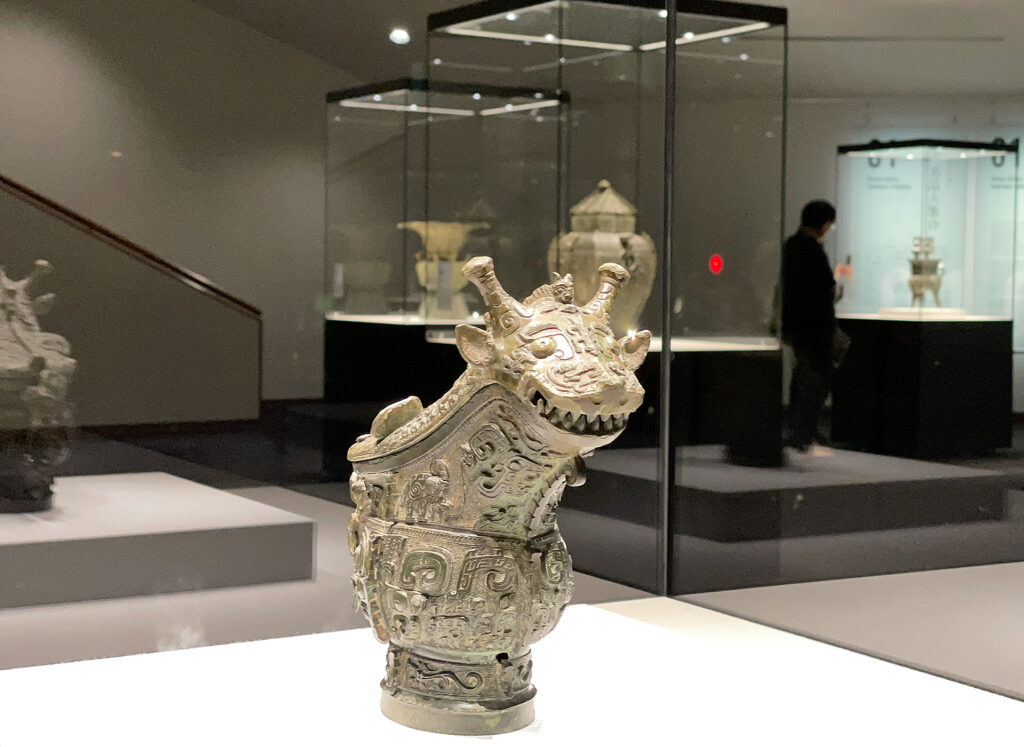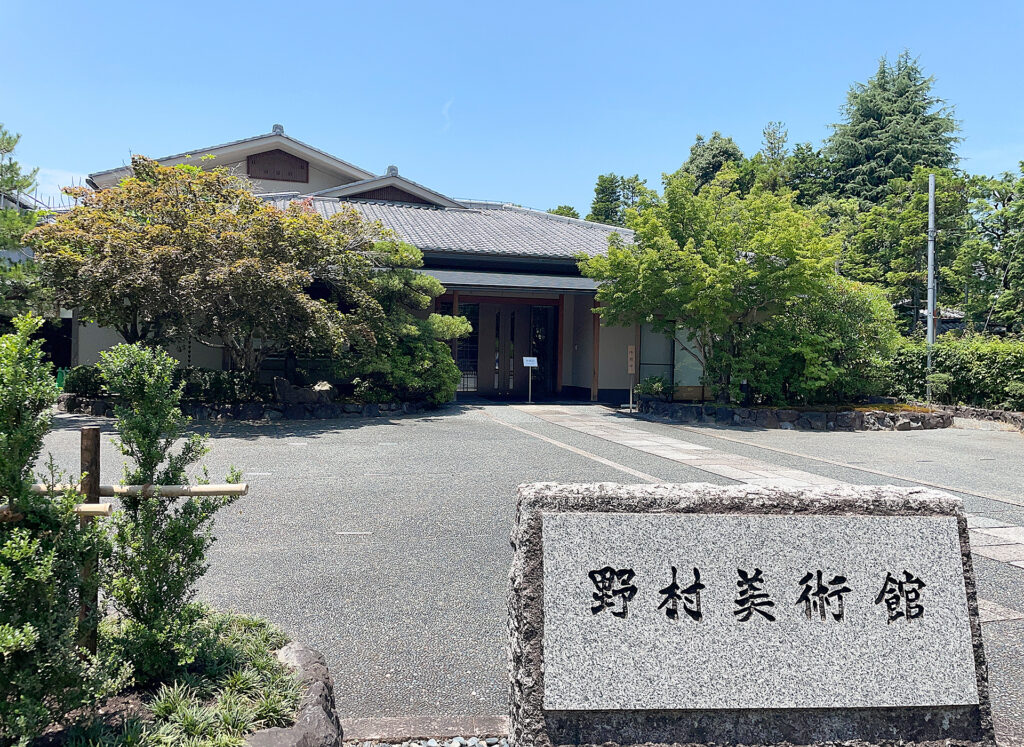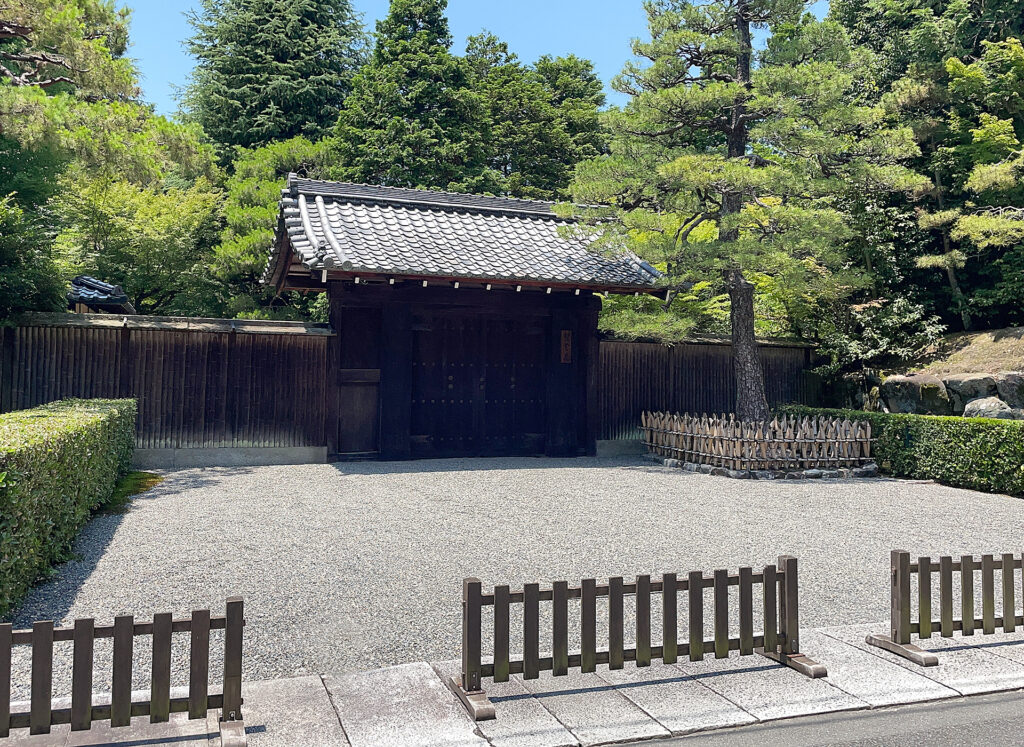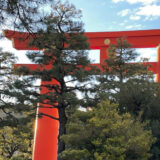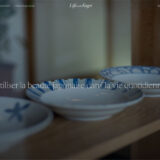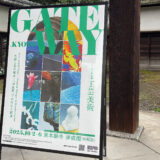In Part 3 of our Kyoto private museum series, we explore two institutions that reflect the refined cultural vision of Japan’s most powerful business dynasties of the Meiji and Taisho periods—the Sumitomo and Nomura families.
Both museums were built on the sites of the families’ former Kyoto villas, where art collecting was deeply woven into their private lives and daily rituals.
Sen-Oku Hakuko Kan (泉屋博古館)
A Modern Museum Rooted in a Historic Villa Estate
Located in Kyoto’s quiet Shishigatani district, the Sen-Oku Hakuko Kan is home to the Sumitomo family’s collection of Chinese bronzes, calligraphy, paintings, and ceramics. The museum is situated on the site of the family’s former Kyoto villa, which was designed as a retreat and space for contemplation.Following an extensive renovation, the museum reopened in April 2025 with enhanced exhibition design, improved lighting, and increased accessibility, showcasing timeless artifacts alongside modern presentation.
Highlights:
- World-class ancient Chinese bronzes (Shang and Zhou dynasties)
- Rotating exhibitions connecting East Asian antiquity with contemporary interpretation
- Architectural harmony with Kyoto’s natural hillside
Museum Information
| Address: | 24 Shimomiyanomae-cho, Shishigatani, Sakyo-ku Kyoto, Japan 606- 8431 |
| Opening hours: | 10:00~17:00 (Last admission 30 minutes before closing) |
| Closed on: | Mondays(except Nov.3, 24), Nov.4, 25 |
| Admission: | Adults ¥1,000 Students with ID ¥600 Under 18 years old : Free * A group discount applies for a party of 20 or more. * Free for people with disability ID |
| English Information: | https://sen-oku.or.jp/kyoto/en/ |
Nomura Art Museum (野村美術館)
A Sanctuary of Tea Culture Beside a Cultural Landmark
Set near Nanzen-ji Temple and the Philosopher’s Path, the Nomura Art Museum presents the collection of Tokushichi Nomura II, a financier and tea connoisseur. The museum stands on the grounds of the Nomura family’s Kyoto villa, and the adjacent “Hekiunsō” (碧雲荘)—the historic Nomura Detached Residence—1is designated as a National Important Cultural Property of Japan.
Exhibitions focus on tea utensils, Noh masks, calligraphy, and classical Japanese aesthetics, all displayed in a serene sukiya-style structure set amidst a tranquil garden. The museum is open only in spring and autumn, closed during the summer and winter months.
Highlights:
- Masterworks of tea ceremony utensils and Noh-related art
- Seasonal operation reflecting the rhythms of nature and tea culture
- Immediate proximity to Heikunsō, an Important Cultural Property rarely accessible to the public
Museum Information
| Address: | 61 Nanzen-ji Shimogawara-cho, Sakyo-ku Kyoto, Japan 606- 8434 |
| Opening hours: | Early Mar~Early Jun, Early Sept~Early Dec, 10:00~16:30 (entry by 16:00) |
| Closed on: | Mon (following day if Nat Hol) |
| Admission: | Adults ¥800, High school and college students ¥300, Tea service ¥700 (reservation required for 5 or more visitors) |
| English Information: | https://www.kyoto-museums.jp/en/museum/east/3825/ |
A Shared Cultural Legacy
Both museums reflect how Japan’s industrial leaders of the Meiji and Taisho periods cultivated not only economic power but also a cultural legacy. Their Kyoto villas became sanctuaries of art, taste, and education—now reborn as museums for future generations.
